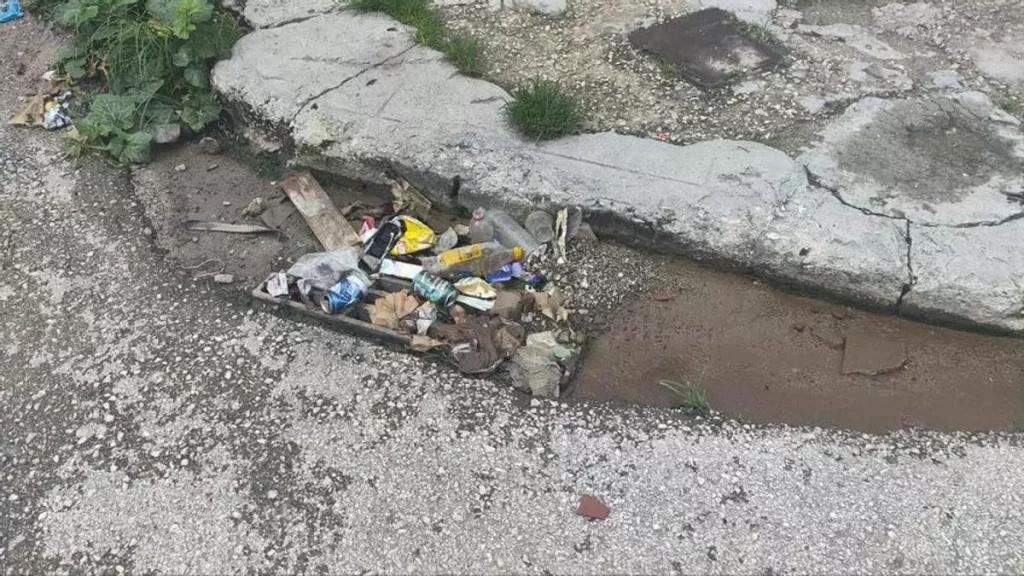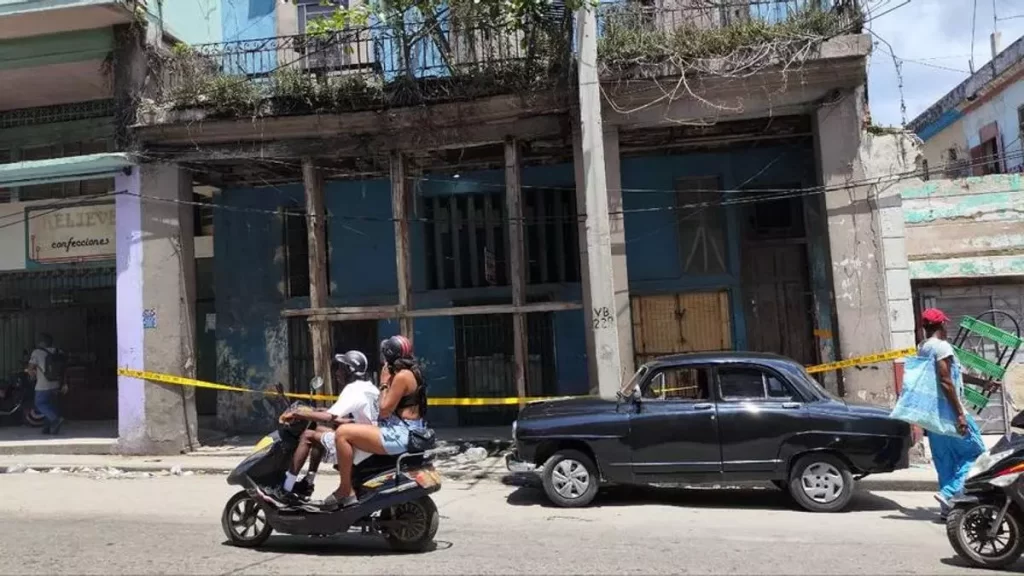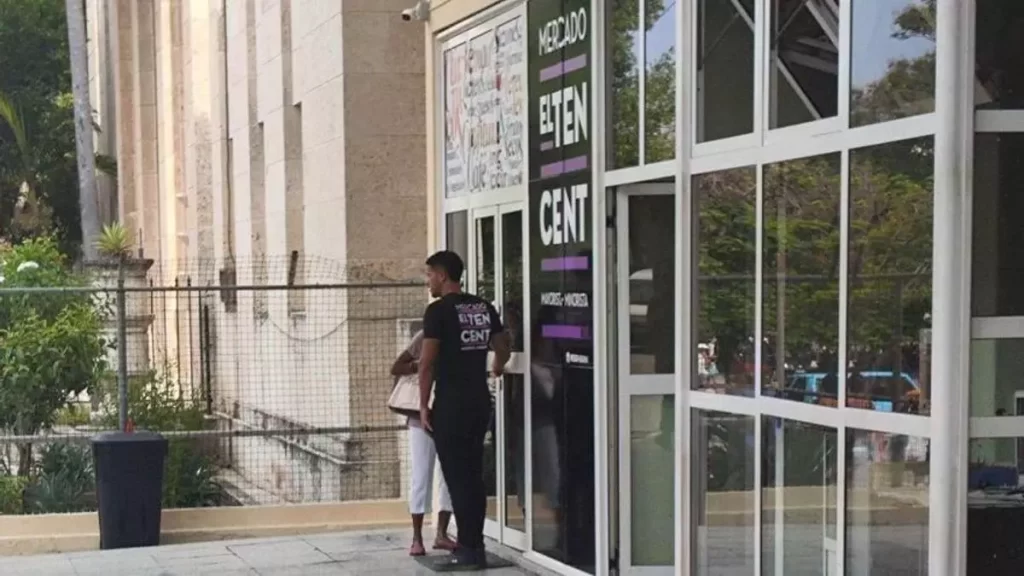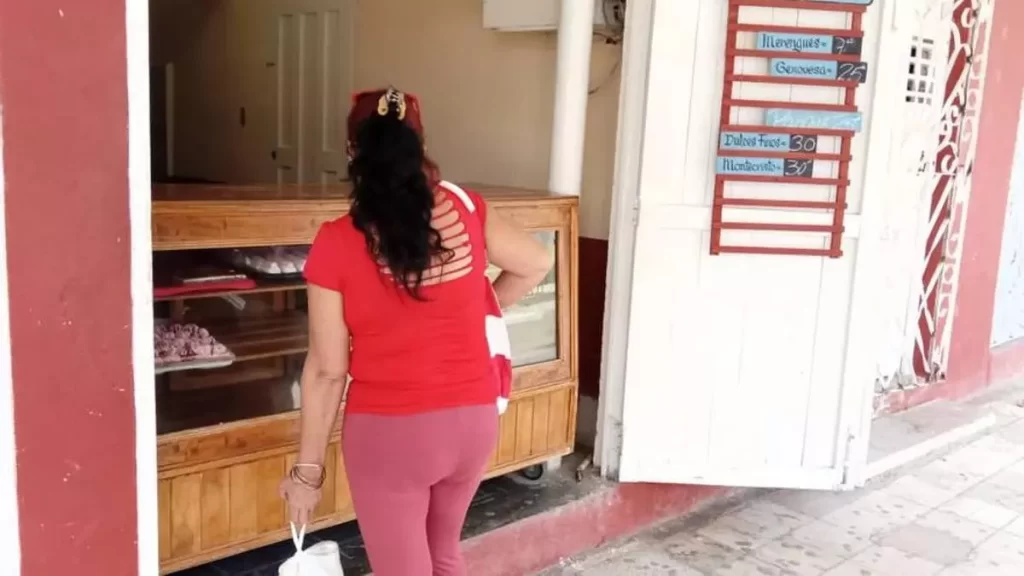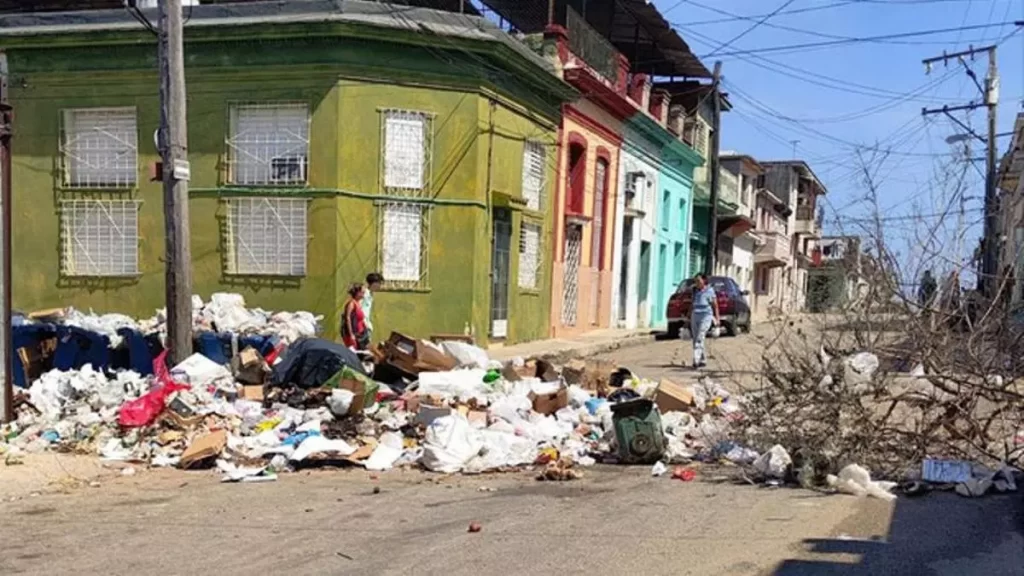“A pound is so expensive that I haven’t given myself that luxury in a long time”

![]() 14ymedio, Natalia López Moya, Havana, 21 July 2024 — It is the litmus test for those who prepare Cuban recipes. Anyone can graduate in tostones or ropa vieja, but the diploma of skill in traditional dishes is only obtained after making a good thick stew of black beans. The exam is difficult to pass: you have to achieve the exact point of thickness, the restrained touch of flavor and the correct consistency of the beans, without making them too hard. It is something that takes practice, time and a long history of failed attempts.
14ymedio, Natalia López Moya, Havana, 21 July 2024 — It is the litmus test for those who prepare Cuban recipes. Anyone can graduate in tostones or ropa vieja, but the diploma of skill in traditional dishes is only obtained after making a good thick stew of black beans. The exam is difficult to pass: you have to achieve the exact point of thickness, the restrained touch of flavor and the correct consistency of the beans, without making them too hard. It is something that takes practice, time and a long history of failed attempts.
An apparently simple recipe, which doesn’t need added protein, which causes so many headaches on this Island, black beans are the fragmentation mine hidden in the daily recipe book. A chef who serves grilled lobsters and receives a wide smile from the diners can fail miserably with this indispensable legume at Cuban tables. The cook is known, in these cases, for what she serves with the ladle and not for what she takes out of the oven or the frying pan.
But it’s not all a matter of skill in the kitchen. The quality of the bean can derail any sacrifice or reward a simple beginner. “It can’t be done hastily,” summarizes Niurka, a 62-year-old Habanera who lost “half my life in several pressure cooker explosions” trying to find the right amount of pressure for the stew. “If the bean is not good, it doesn’t integrate well with the broth and becomes an empty and tasteless shell.” continue reading
Black beans are the fragmentation mine hidden in the daily recipe book
“It must be a small bean, and it has to look shiny. I always ask the seller to let me bite one, because if I can sink my tooth into it, it will soften,” the woman explains to 14ymedio. However, her peculiar quality test can barely be put into practice. “A pound of black beans is so expensive that I haven’t given myself that luxury in a long time.
The last time the product appeared on the tables of the agromarket on 19th and B Street in El Vedado, Havana, it cost 400 pesos per pound. This was on Friday, July 12, and just that day the governor of the capital, Yanet Hernández Pérez, signed a resolution capping the maximum prices of several agricultural products. The rule affects 21 foods and has now caused the disappearance of several of them.

Under the new regulations, merchants are obliged to sell a pound of black beans for a maximum of 300 pesos. The effect was noticed immediately, and this week only chickpeas and green beans were on sale in the emblematic Havana agromarket . “I won’t have any profit buying at that price, because I have to pay 350 or more per pound,” explains a seller. The market, known for its wide variety of produce, vegetables and fruits, also stands out for the presentation of its merchandise. These qualities, along with their high prices, have earned it the praise of La Boutique. “They always pack the beans very well; you can see that they are clean, without stones or dirt,” says a frustrated customer who this Friday arrived at 19 and B precisely to buy some black beans. “I had bad luck, and now they’re playing hide-and-seek.”
Merchants are forced to sell a pound of black beans for a maximum of 300 pesos
In recent days, the imposition of capped prices have hit six products sold by MSMEs and has caused some of those items to disappear, giving rise to popular sarcasm, which speaks of the “kidnapping of the chicken.” Despite the fines for merchants who withdraw the merchandise for disagreeing with the unilateral measures of the authorities, the bird still does not appear in the shops.
The agomarkets seemed to have been saved from this official raid, but the new rules signed by the governor have already begun to cause a shock. However, some Cubans welcome the measure and believe it could help end the unstoppable rise in price that black beans have experienced until recently.
In July 2023 each pound of the product was sold at 220 pesos in the market at 19 and B, but the price climbed as Christmas approached, when family dinners include, almost compulsorily, beans, which cost 550 pesos between November and December of that year. “It has become priceless,” summarized an old woman who approached the market on San Rafael and Belascoaín Street in Central Havana this Satrday, where a pound was offered at 350.
The bean that was for sale, in an improvised stall on the sidewalk, was imported. In recent years, the bean brought from abroad and from Mexican, Spanish or well-known American Goya brands has ended up displacing the national legume. “It has a better presentation, is cleaner and is sure to be good when cooked,” is how the woman summarized her preference for foreign food.
The exam to graduate in Cuban cuisine has come up with a new obstacle. It is not enough to make the stew thick, and that the added dried pepper be just enough, the cumin not be exceeded and the bay leaf be present. No, it is not enough to put in the exact amount of salt or the splash of olive oil that the grandmothers emphasized while the grandchildren looked at them as if they were speaking another language.
Now you have to have a good stack of Cuban bills to buy them and “go out on a search and capture mission to find them,” said another frustrated customer who went to the market for black beans and exploded like those pressure cookers that have left a dark stain on the ceiling of so many Cuban kitchens.
Translated by Regina Anavy
____________
COLLABORATE WITH OUR WORK: The 14ymedio team is committed to practicing serious journalism that reflects Cuba’s reality in all its depth. Thank you for joining us on this long journey. We invite you to continue supporting us by becoming a member of 14ymedio now. Together we can continue transforming journalism in Cuba.









